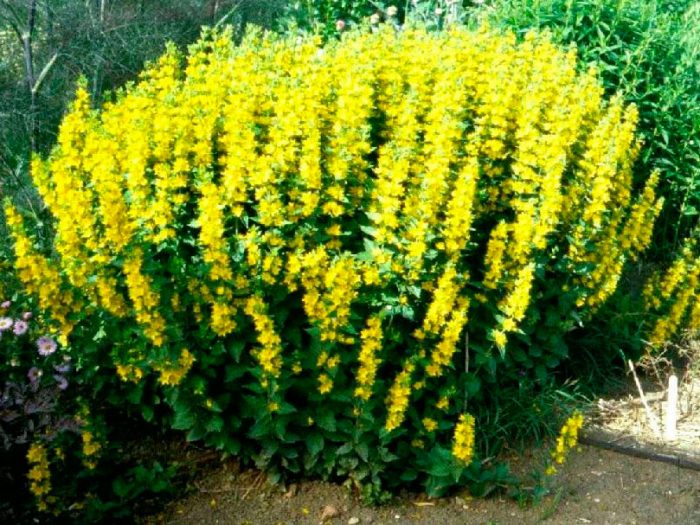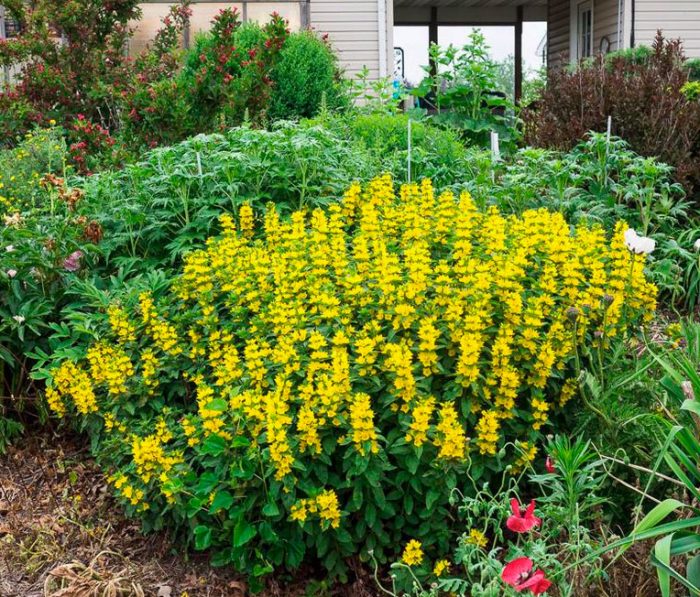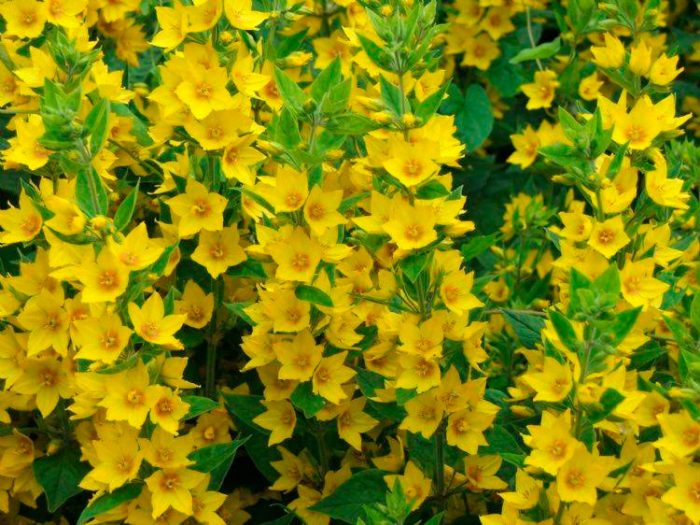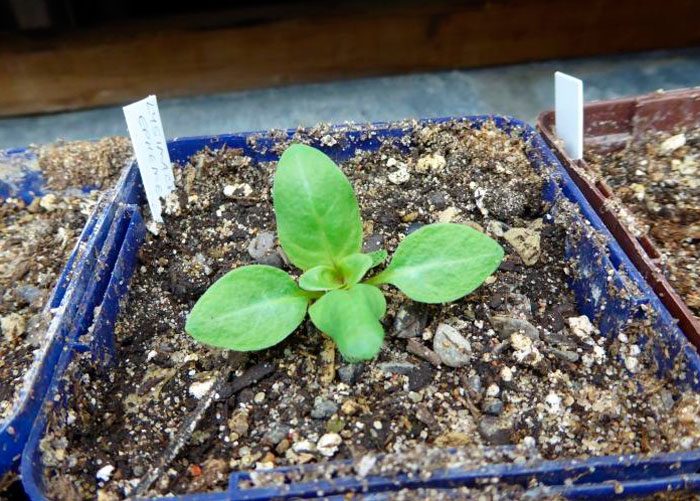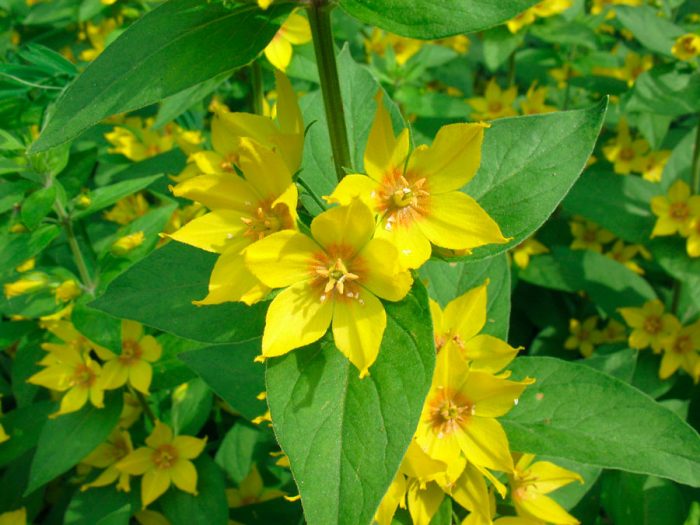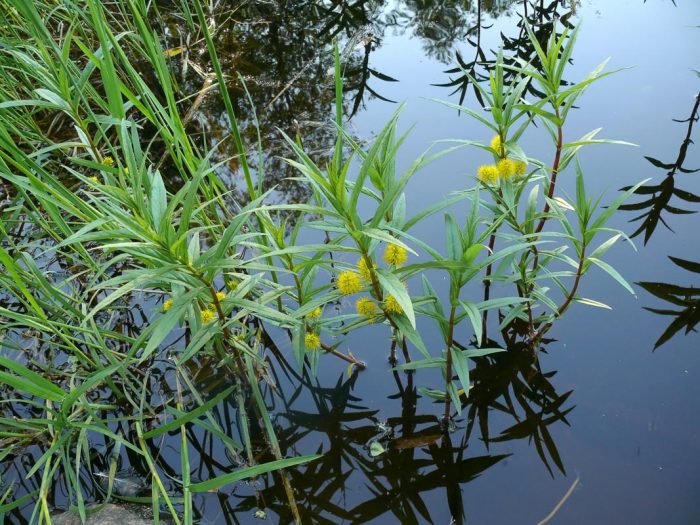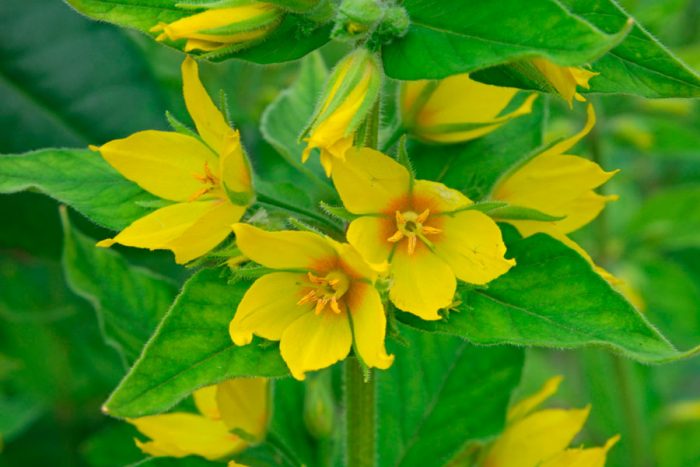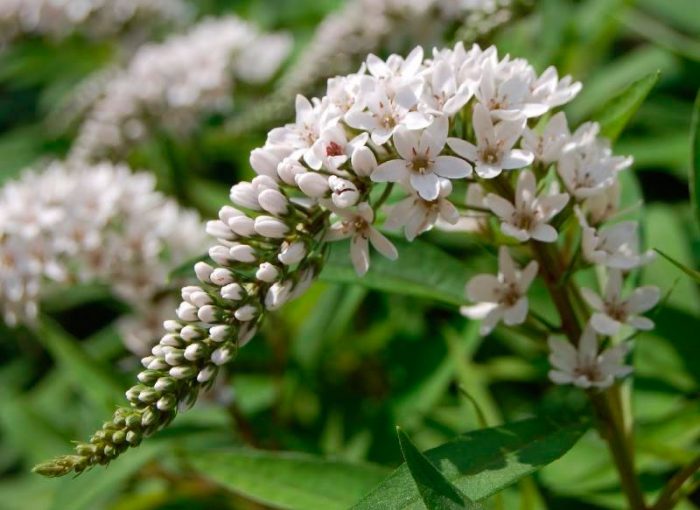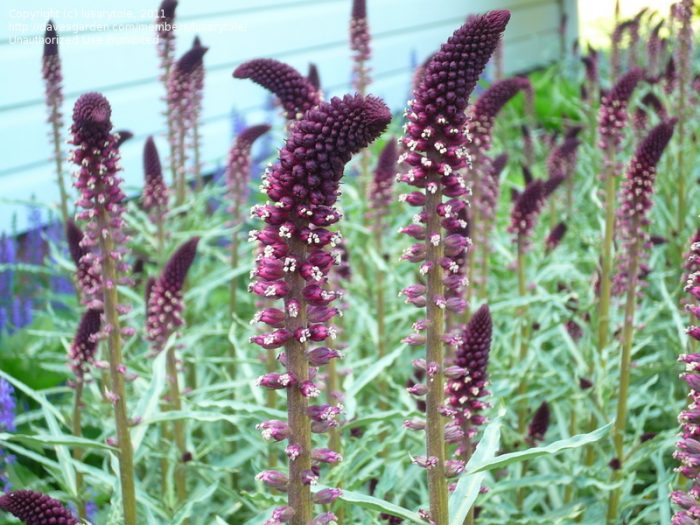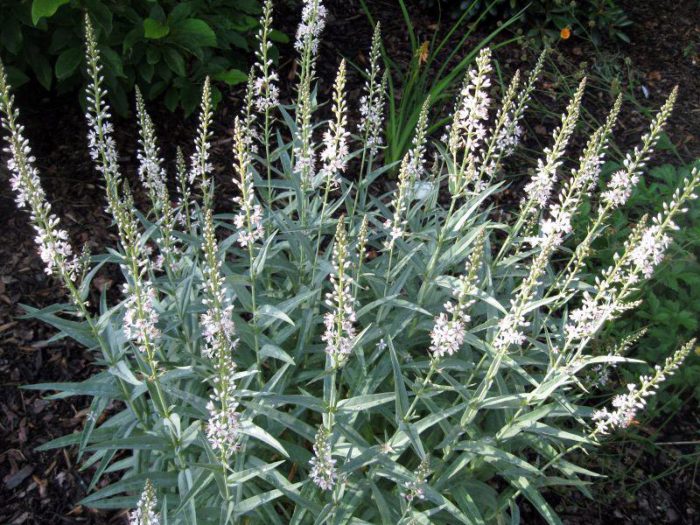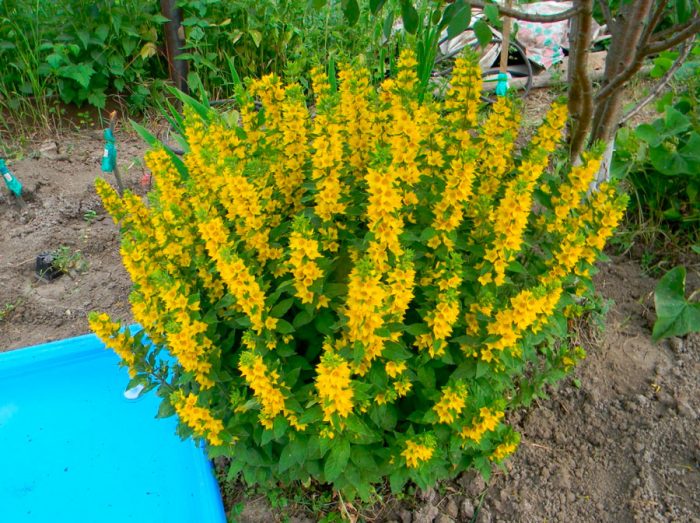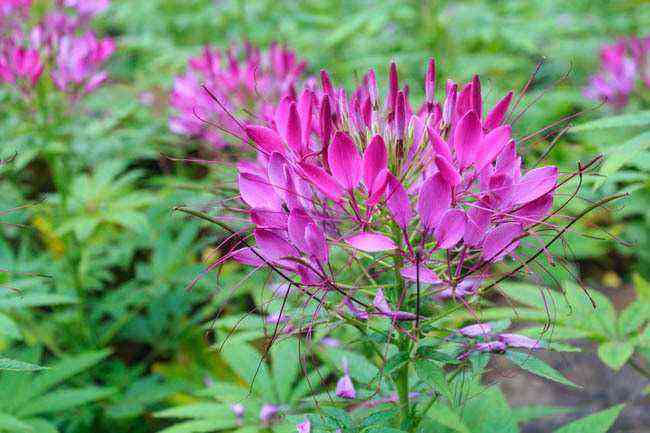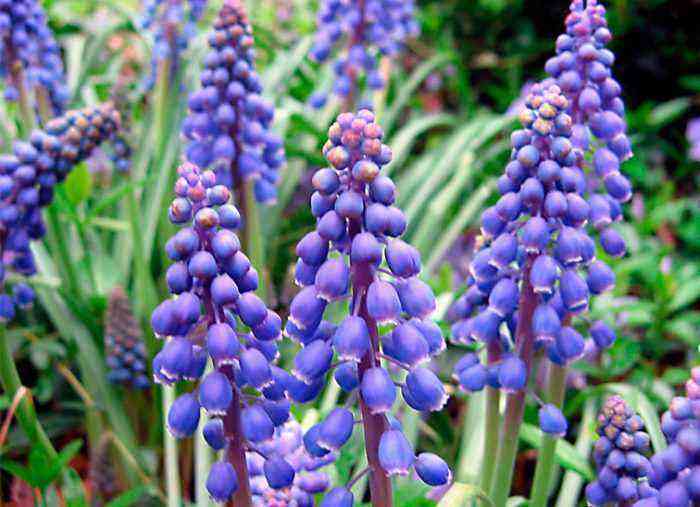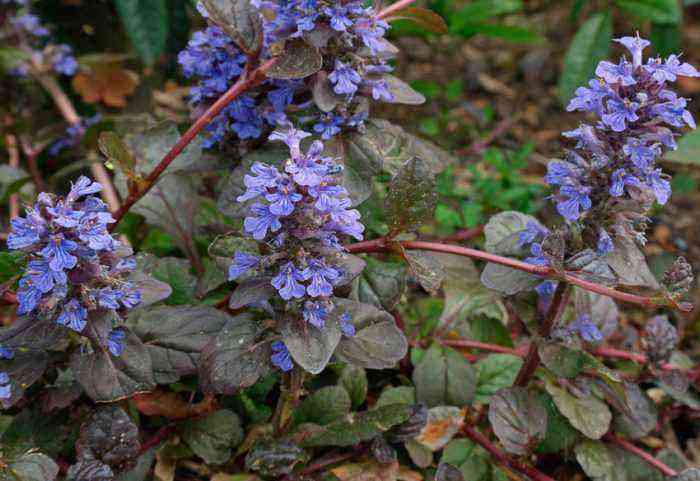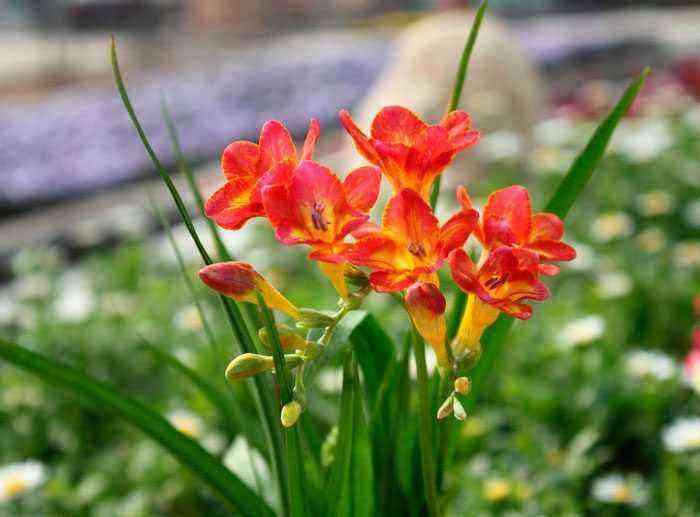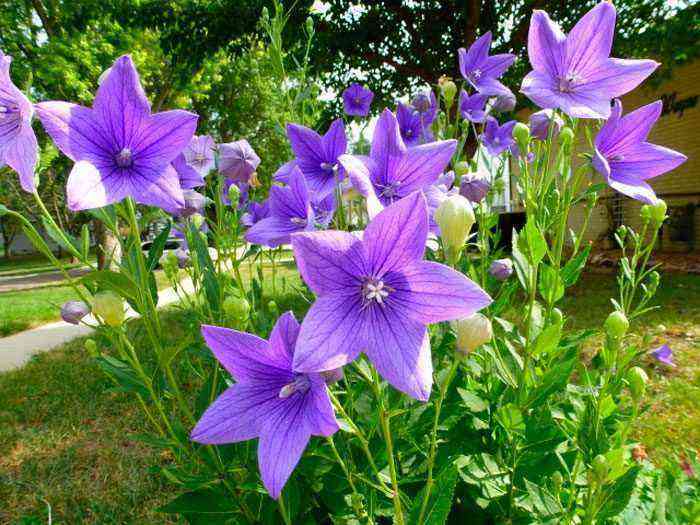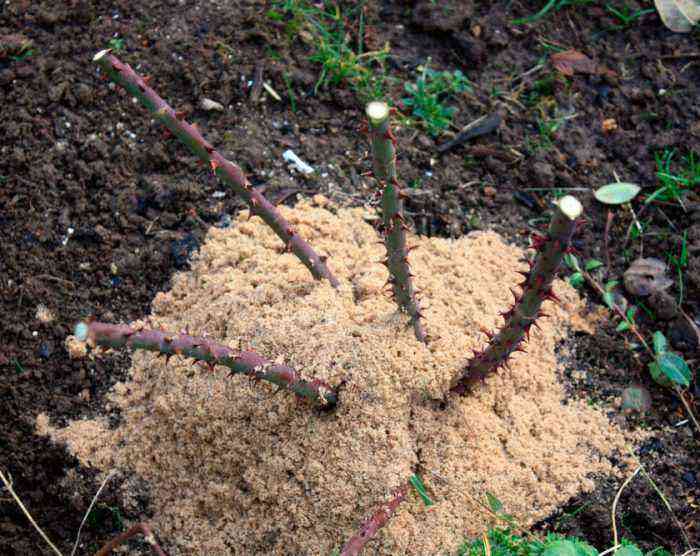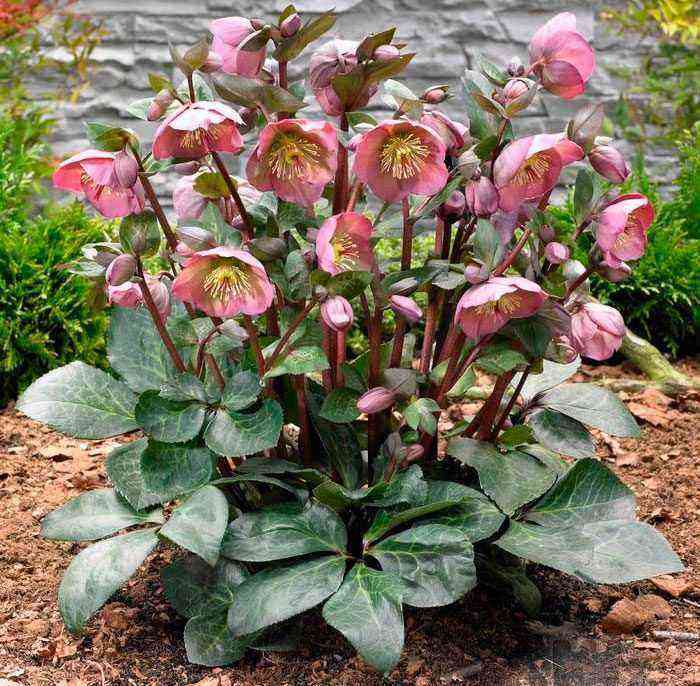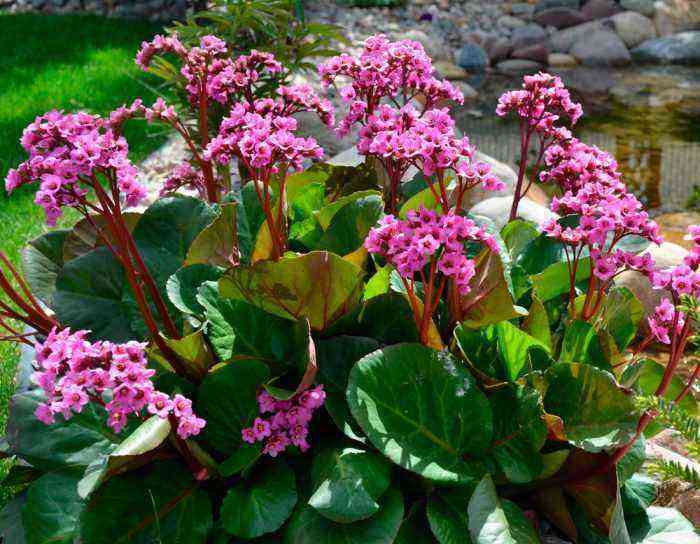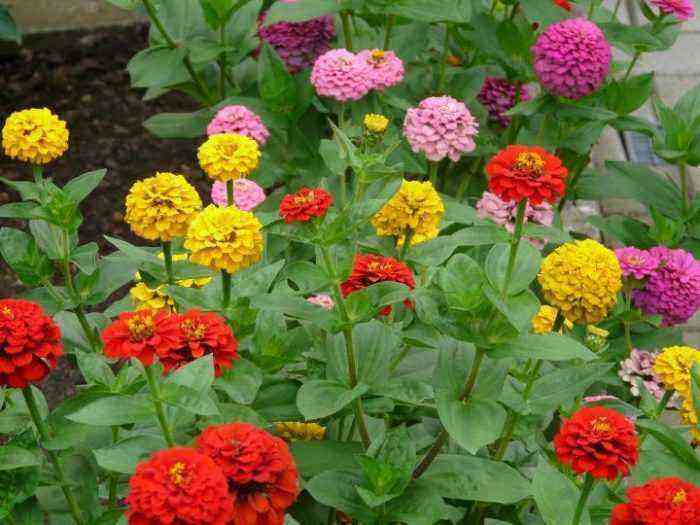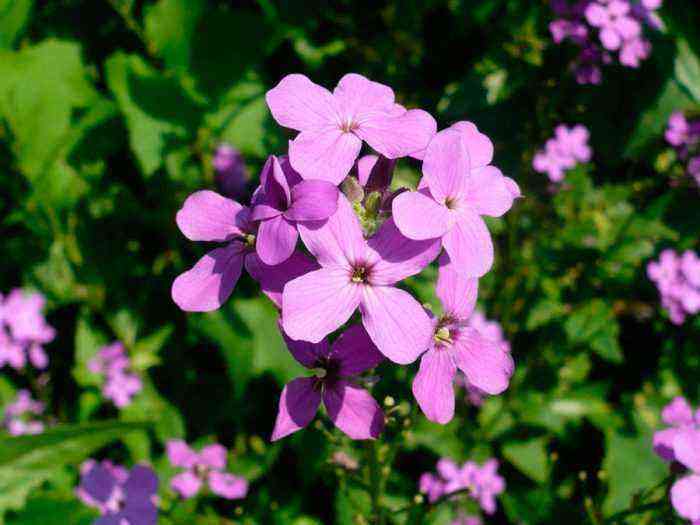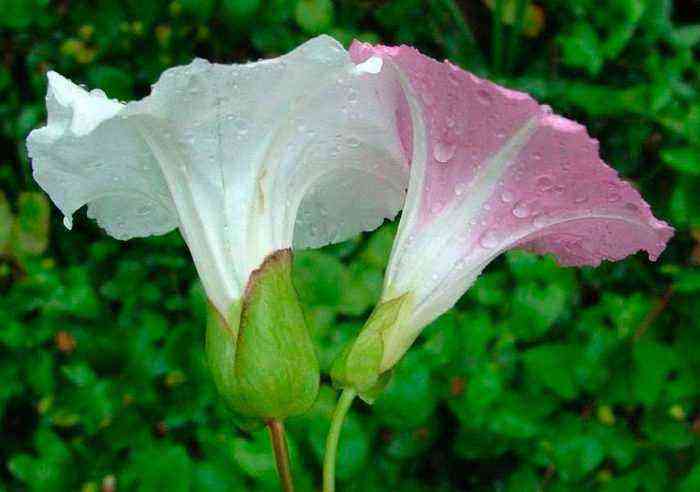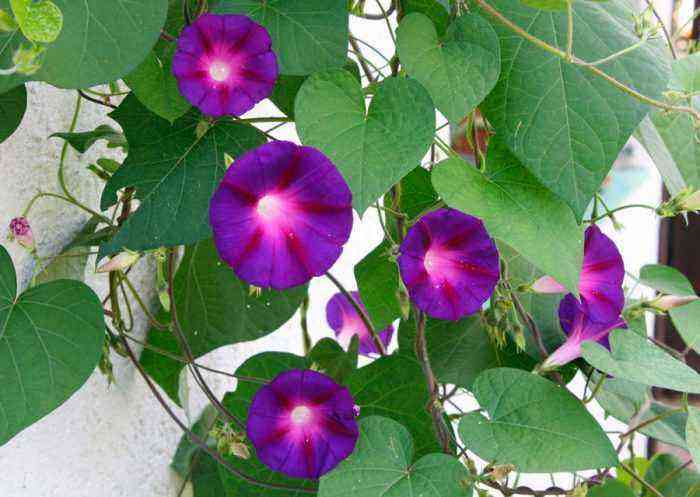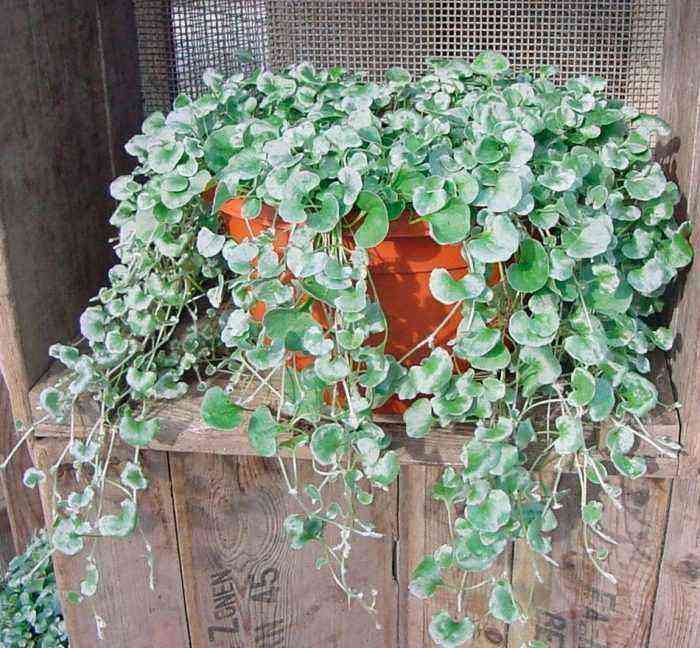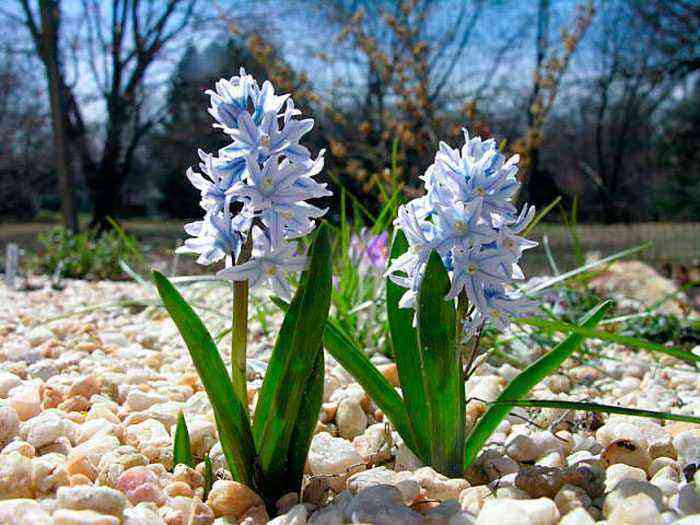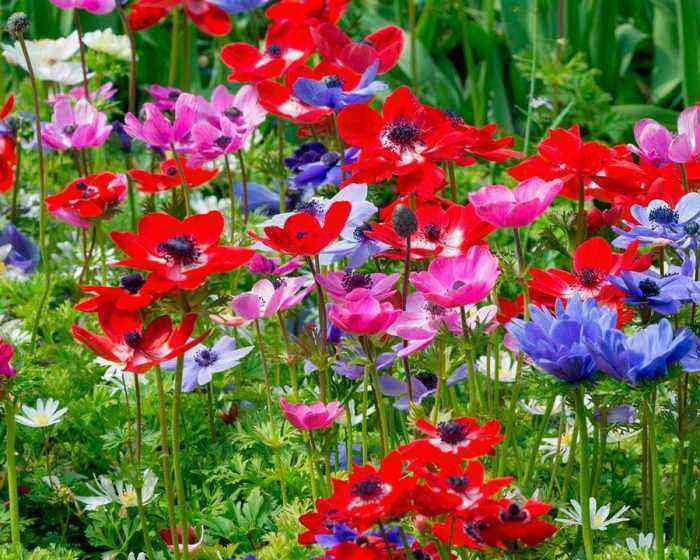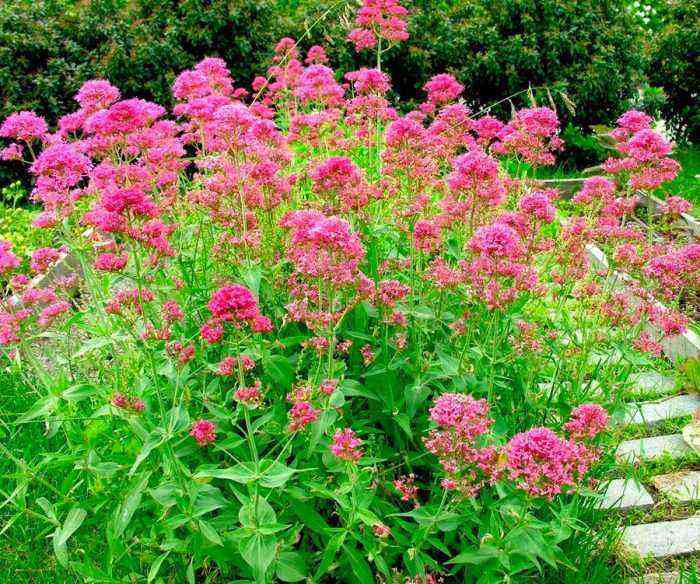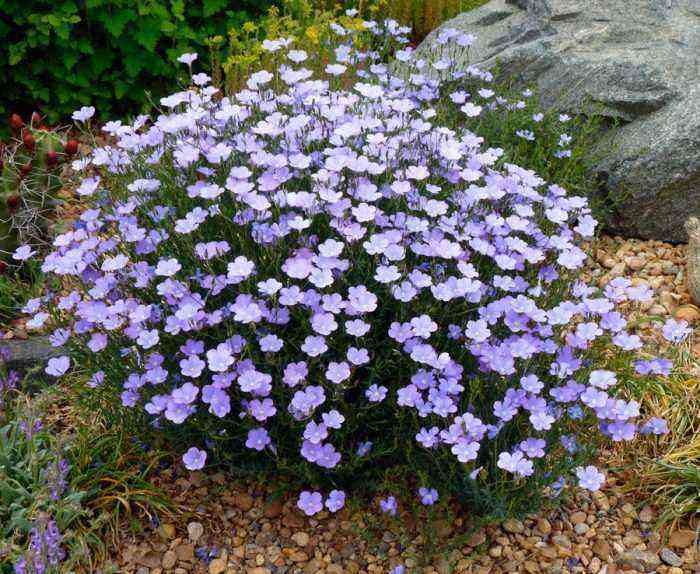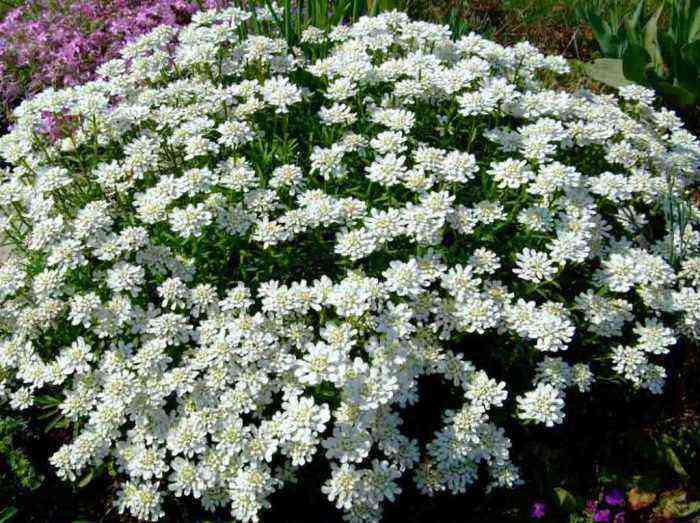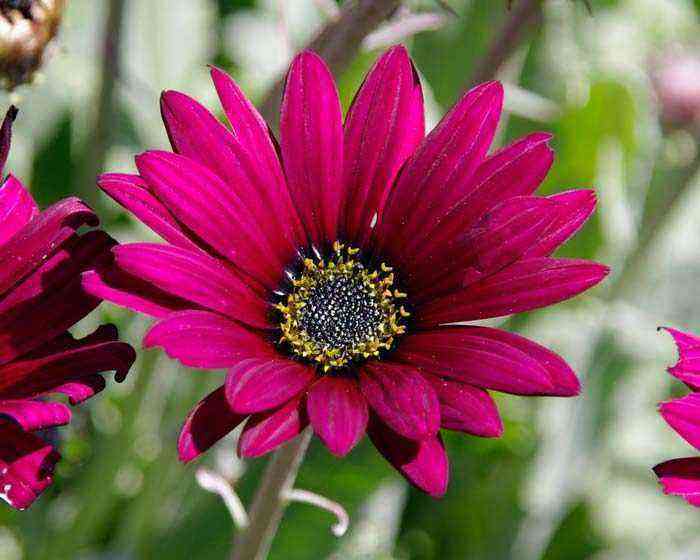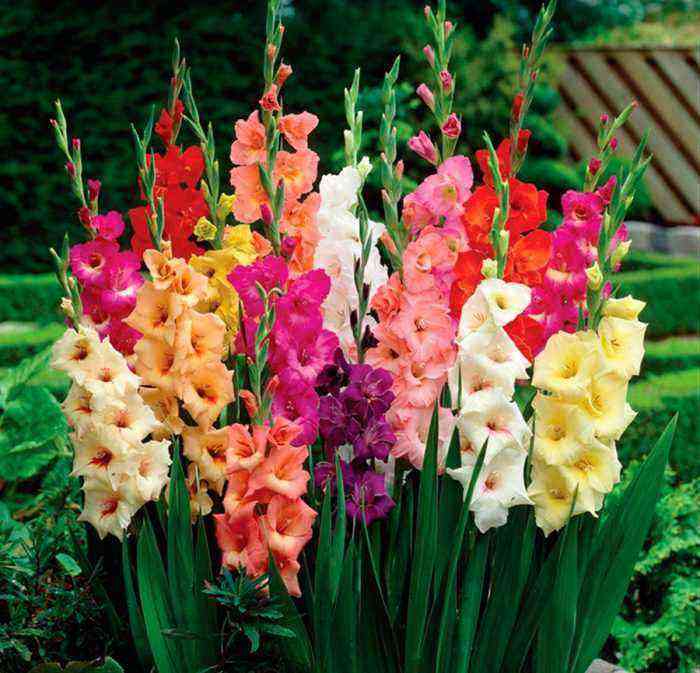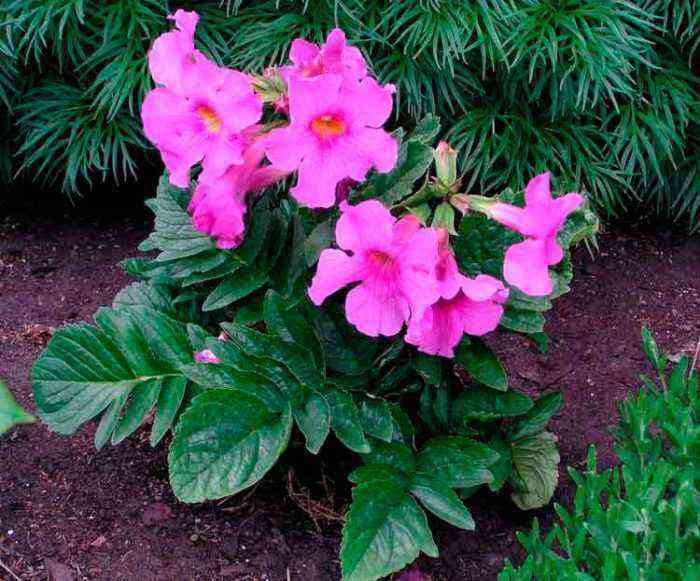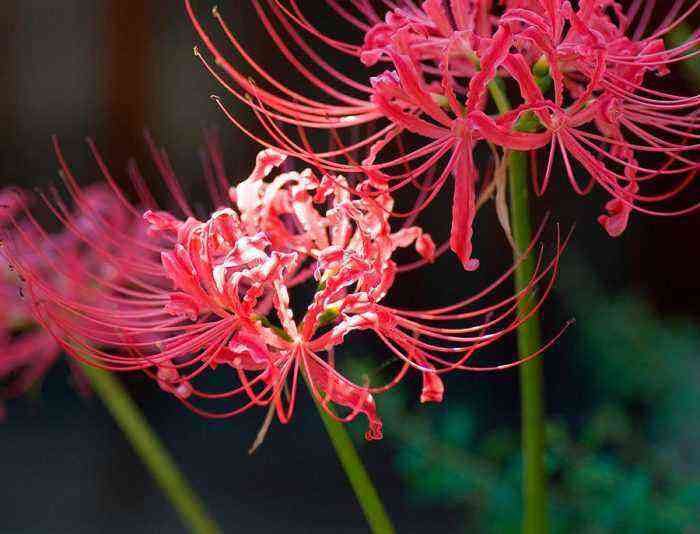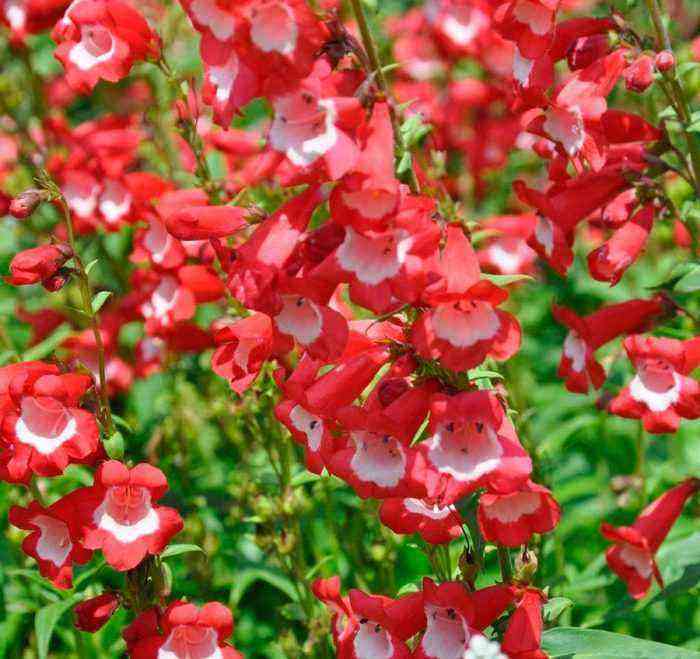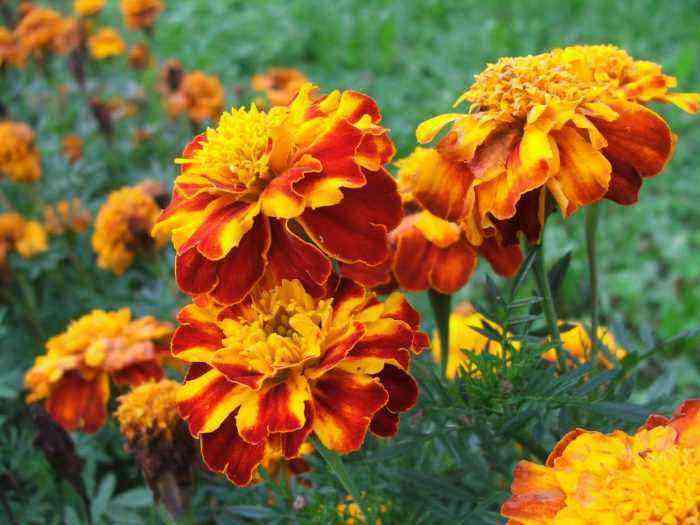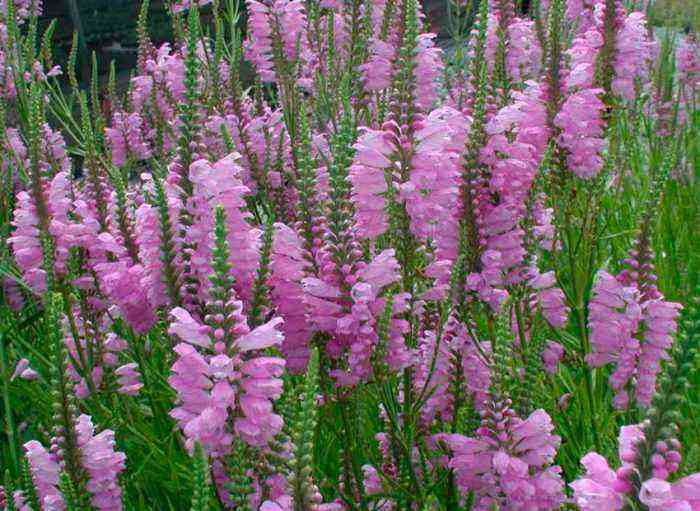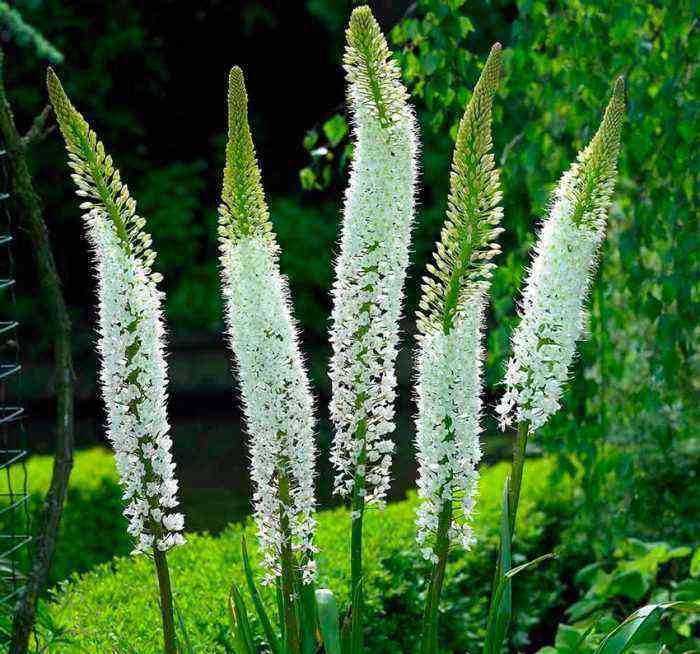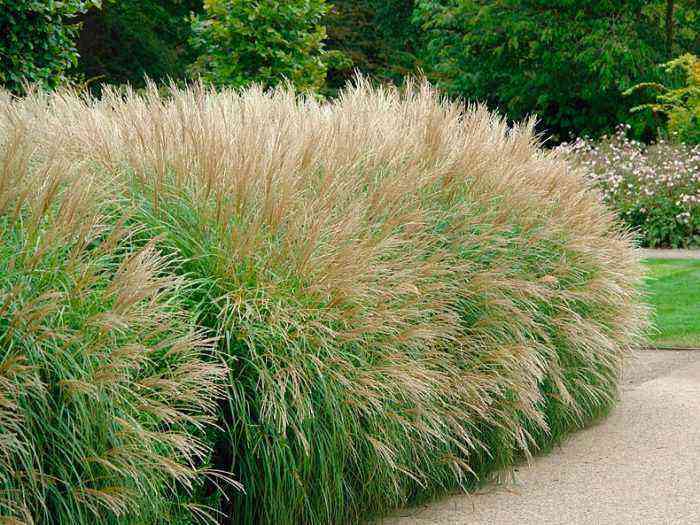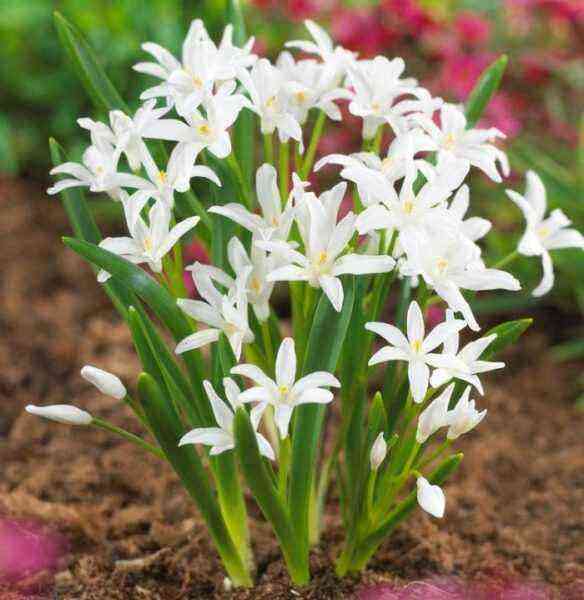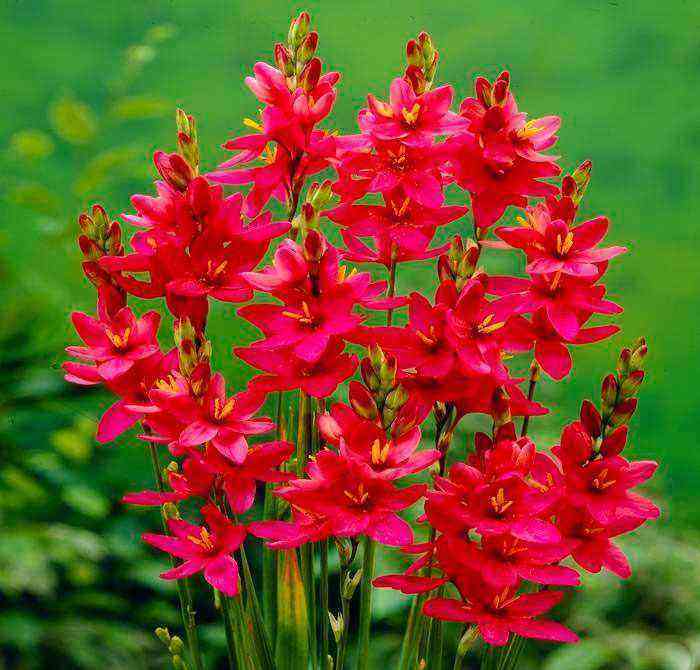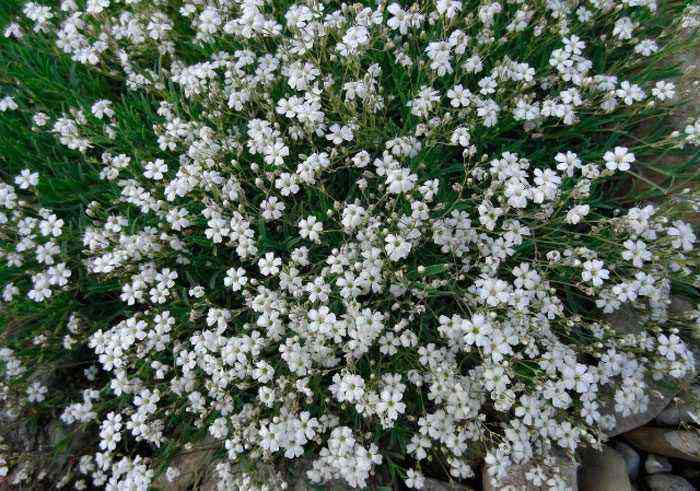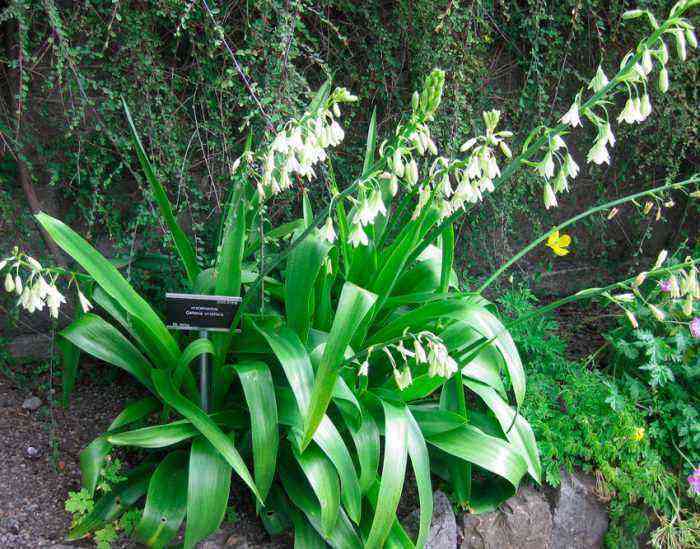The loosestrife genus is represented by herbaceous plants, which can be annual, perennial or biennial. This genus is a member of the Primroses family. Such a plant was called loosestrife, because its foliage is very similar to a willow (in Russia, all types of willows were called so). As for the scientific name, these flowers were named in honor of Lysimachus, who was one of the generals of A. Macedon, he became the ruler of Thrace and the king of Macedonia. For many years, experts mistakenly believed that it was Lysimachus who discovered the loosestrife. This genus unites more than 100 species. Most of the species can be found in the Northern Hemisphere, more precisely, in East Asia and North America. On the territory of China, there are more than 70 species of such a plant. There are species that grow in South Africa and South America. Also, these flowers in the wild can be found in the European part of Russia, the Caucasus and Central Asia.
Features of the loosestrife
The herbaceous plant loosestrife can be annual, biennial, or perennial. Shoots can be creeping or erect, and simple, entire, alternate leaf plates are opposite or whorled. Flowers can be part of corymbose or spike-shaped panicles, or be single axillary. They are colored yellow, white or light pink. The fruit is an egg-shaped or spherical capsule.
Verbeynik is considered to be a relative of crops such as the lactarius, primrose, cyclamen and ambilanthus. This plant is distinguished by its unpretentiousness and, despite the fact that it does not have a very spectacular appearance, it is quite popular among gardeners. The fact is that such a culture blooms very luxuriantly and for a long time.
Planting loosestrife in open ground
What time to plant
For reproduction of loosestrife, generative (seed) and vegetative methods are used. Seeds are sown in open soil in June or September (before winter). Almost all types of such a plant prefer to grow in a shaded place or shade. At the same time, it is recommended to plant the loosestrife in partial shade, but it can also grow in a well-lit area. And purple loosestrife can be grown only in an open, well-lit area.
Features of landing
A site suitable for planting this flower should be moist with nutritious loose soil, while the groundwater should be located very close to the soil surface. You should know that the loosestrife, the brushstorm and the common loosestrife, if desired, can be planted in a not very deep reservoir to a depth of no more than 10 centimeters. The composition of the soil can be any, the only loosestrife grows poorly on clay soil.
The loosestrife is planted after the soil has been fertilized with rotted manure or compost. The planting itself is no different from planting other garden plants. The plant’s root system must be placed in a small previously dug hole, which is filled with soil, it must be tamped. The planted flowers need good watering. When planting between the bushes, a distance of at least 50 centimeters should be observed.
Loose grass care
It is relatively easy to grow a loosestrife, and even an inexperienced gardener can handle it. If the flower is planted on wet soil, then it does not need to be watered at all. However, with prolonged drought, it is still necessary to water the loosestrife. It is not necessary to feed the plant during the growing season. However, in late autumn, humus should be introduced into the soil.
The loosestrife is an aggressor plant, especially the species called ciliate, speckled or brush-colored loosestrife. To limit the growth of such a flower, it is necessary to dig in restraints around the bushes (plastic or metal pieces, or you can take unnecessary sheets of slate). If this is not done, then soon the loosestrife will grow throughout the garden plot.
When the flowering is over, you need to cut out all the wilted inflorescences. In upright loosestrife in the autumn, you need to cut off all the shoots.
Flowering
All types of this plant bloom at different times and have different degrees of decorativeness. More details about this will be discussed in the section “Main species and varieties”.
Transfer
In order for the loosestrife to grow and develop normally, it needs to be transplanted regularly. In the same place, such a flower can be grown for about 10 years. However, just a couple of years after planting the loosestrife in open ground, it will become a developed bush, which will have a large number of children. Such a bush must be transplanted. It is recommended to transplant the loosestrife at the beginning of the spring period or in the fall, when the leaf fall ends.
Diseases and pests
Such a plant is highly resistant to both diseases and pests. Only aphids can settle on it, which can be eliminated with the help of a special tool, for example, Antitlin or Biotlin.
Reproduction of loosestrife
It was already mentioned above that the loosestrife can be propagated by seeds, cuttings, dividing the bush, and also by root shoots. Experienced gardeners prefer to propagate this plant by vegetative methods, since they are more reliable than generative (seed) ones. It should also be remembered that a bush grown from a seed begins to bloom only in the second or third year after the seedlings appear. Sowing of seeds is carried out in the last days of May or the first in June. However, the seeds must first be stratified for 6-8 weeks, for this they are placed on a refrigerator shelf intended for vegetables. If the sowing of seeds is scheduled for autumn, then there is no need to prepare the seeds, because in the soil they will be able to undergo natural stratification and friendly shoots should appear in spring.
You can grow loosestrife through seedlings. To do this, pre-stratified seeds must be sown, evenly distributing them over the surface of a moistened soil mixture, which should consist of peat and sand. The container is covered with glass and placed in a cool (about 15 degrees) and well-lit place. After 1,5-2 weeks, the first shoots should appear. Fortified plants should be sorted into individual containers. Planting hardened seedlings in open soil is carried out in June, while a distance of half a meter should be kept between the plants.
Also, these flowers can be propagated by dividing the bush. This procedure is performed at the beginning of the spring period or in the fall during transplantation. First, it is necessary to separate the children from a bush dug from the soil, then the bush itself is divided into several parts. It should be noted that each delenka should have well-developed roots and stems. Then they are planted in pre-prepared holes. The flowering of the loosestrife grown from the cut can be seen as early as the next season. The care of delenki should be the same as for an adult plant.
For reproduction of the moneta loosestrife, as a rule, cuttings are used, the length of which can vary from 0,1 to 0,2 m. Cuttings are harvested during the pruning process in autumn or in spring. The bottom cut of the cuttings must be immersed in water. When roots are formed on them, the cuttings should be planted in moist, loose soil, while choosing a site in partial shade.
Caring for perennial loosestrife after flowering
It was mentioned above that it is necessary to cut off all wilted inflorescences from a faded plant. In autumn, in erect species, it is necessary to cut off the shoots. Then compost or humus should be added to the soil. Any type of loosestrife is highly resistant to frost, therefore, this plant does not need shelter for the winter.
Types and varieties of loosestrife with photos and names
Below, those types and varieties of loosestrife that are most popular with gardeners will be described in detail.
Common loosestrife (Lysimachia vulgaris)
This herbaceous perennial plant in natural conditions can be found in North Africa and Eurasia, while it prefers to grow near swamps, in meadows, in forests and along the banks of various bodies of water. The height of an erect shoot varies from 0,5 to 1 m. The rhizome is creeping. All-edge leaf plates are lanceolate; they can be whorled or opposite. There is pubescence on the lower surface, and the upper surface is smooth. Bell-shaped flowers are yellow-colored, at the base of the corolla there is a speck of brown-red color. Flowers are part of the apical panicle inflorescences. Flowering is observed in June – August. This species is considered a honey plant, it is not afraid of stagnation of liquid in the ground. If desired, it can be grown in a shallow reservoir at a depth of no more than 10 centimeters.
Oak Loam (Lysimachia nemorum)
This species is found in natural conditions in Europe. It prefers to grow near rivers and reservoirs, while such a plant rises from the foothills to the subalpine belt. This perennial plant reaches a height of about 0,3 m. The leaf plates are large and wide. On long pedicels there are single yellow flowers. Flowering begins in May and lasts eight weeks.
Lysimachia thyrsiflora (Lysimachia thyrsiflora), or kizlyak
Such a flower prefers to grow in shallow water, as well as along the banks of reservoirs. The rhizome is creeping. Powerful erect shoots reach a height of about 0,6 m. Narrow lanceolate leaf plates are most often planted. Small yellow flowers appear fluffy due to the fact that they have protruding stamens. These flowers are part of the fluffy axillary apical inflorescences, which reach about 30 mm in length. The beginning of flowering falls on the last days of May or the first days of June.
Loose leaf (Lysimachia punctata)
It occurs naturally in the forests of Central and Western Europe. At the end of the long rhizome, there is a whorl, consisting of 4–6 underground shoots. There is pubescence on the surface of erect shoots. Sedentary leaf plates have a broad-lanceolate shape. Lemon-yellow flowers are located at the top of the shoot, which is weakly branched. This species begins to bloom in the last days of June or the first in July. The flowering period is approximately 4 weeks. For planting this species, it is recommended to choose sunny areas. The most popular varieties:
- Alexander… A white border runs along the edge of the green leaf plates.
- Golden Alexander… Green leaf plates have a golden border along the edge.
Crowded-flowered loosestrife (Lysimachia congestiflora)
The homeland of this species is China. Such a plant is yellow – because it has many flowers of a golden yellow color, at the base of the petals of which there is a red smear. Lush, succulent foliage has a rich green color. We learned about this species relatively recently – in 1992.The following varieties are most popular:
- Lissy… Globular inflorescences are yellow in color. The foliage is green.
- Outback Sunset… This variety is variegated, on dark green leaf plates there is a strip of yellow color. The flowers are also yellow.
- Persian rug… On not very large dark green leaf plates, red veins are visible. The flowers are yellow.
- Persian chocolate… The leaves are purple, in autumn they do not die off. The flowers are golden yellow in color.
Lily of the valley (Lysimachia clethroides), or cellular loosestrife
It occurs naturally in the southern part of Primorsky Krai. The pink-white rhizome of such a flower is similar to that of the lily of the valley, but it is not as thin. The erect leafy stem reaches a height of only 0,2 m, there is pubescence on its surface. Small flowers of a snow-white color are part of dense spike-shaped inflorescences, reaching 0,2 m in length. Such a loosestrife blooms in the last days of June. Duration of flowering is about 15–20 days. This species has been cultivated since the end of the 20th century. The most popular varieties:
- Lady Jane… The height of the bush is 0,6–0,9 m. Flowering begins in the last summer weeks.
- Geisha… Variegated variety. The edging of the cream color passes along the edge of the leaf plates.
Loose-leaf (Lysimachia nummularia), or loose-leaf, or meadow-loose, or meadow tea
Under natural conditions, this species can be found in Japan, Europe and North America. This species prefers to grow in shady groves, on the outskirts of swamps, in floodplain meadows, as well as along the banks of various reservoirs and rivers. This perennial plant is a ground cover. The length of the recumbent stem is about 0,3 m. The opposite oval leaf plates have short petioles and a length of about 25 mm. Single axillary flowers are yellow and up to 25 mm in diameter. When the plant blooms, it directly depends on the level of light. If the bushes are planted in a well-lit area, then the beginning of flowering will be in the last days of May or June. This species can form a cover both on steep slopes and on flat surfaces. The most popular is the Aurea variety: the color of the leaf plates is green-yellow, this plant does not have high frost resistance compared to the main species.
Purple loosestrife (Lysimachia purpurea), or ciliated loosestrife (Lysimachia ciliata)
Under natural conditions, this species is found in North America. An upright perennial plant reaches a height of 0,45 m. Paired leaf plates of a broad-lanceolate form have a wine-red color. Loose inflorescences consist of axillary small apical flowers of lemon yellow color. This species blooms in August, and it is recommended to grow it in well-lit open areas.
Black-purple loosestrife (Lysimachia atropurpurea)
The homeland of such a plant is Greece. The height of this perennial plant can vary from 0,45 to 0,9 m. The composition of very beautiful spike-shaped inflorescences includes a large number of flowers of a dark wine, almost black color. On the edge of the green leaf plates, there is a small corrugation, which is especially clearly visible in young bushes. Flowering begins in the last days of July. The most popular variety is Beaujolais: the color of its flowers is dark purple.
Ephemeral loosestrife (Lysimachia ephemerum)
In the wild, it is found in Southwestern Europe. This perennial frost-resistant plant grows very quickly in width, and in height it can reach about 0,9 m. In the last summer weeks, spike-shaped inflorescences, consisting of flowers, grow on the bush. It has been cultivated since the 19th century.
Loosestrife properties: harm and benefit
The healing properties of loosestrife
The common verbeynik has a fixing, analgesic, wound healing and hemostatic effect. However, traditional medicine pays no attention to this plant. At the same time, in alternative medicine, such a flower is used for internal bleeding and diarrhea, as well as in the treatment of non-healing and festering wounds, stomatitis, eczema and thrush for a long time.
The composition of this plant includes saponins, tannins, rutin, carbohydrates, silicic and ascorbic acid, therefore it is widely used in homeopathy. For the treatment of abscesses, the foliage and flowers of the plant are used; it is recommended to apply fresh leaf plates to the wounds. From the dried roots, a powder is prepared that has analgesic properties, as well as the ability to heal burns and cuts.
Looseweed infusion can stop internal bleeding. To prepare it, you need to combine 1 tbsp. freshly boiled water and 1 large spoonful of dried foliage. The infused and strained mixture should be drunk three times a day before meals, 1-2 large spoons.
Looseweed tincture is used to restore strength after suffering a serious illness. For its preparation, it is necessary to combine 1 tbsp. vodka and a couple of large spoons of fresh herbs. A well-sealed vessel is removed in a dark place for 3-4 days for infusion. The filtered tincture is taken 20 drops 3 or 4 times a day.
Tea is also prepared from this plant, which is used for headaches and colds. To prepare it, you need to mix 1 large spoonful of rosemary foliage, chamomile flowers and loosestrife herb. Pour the mixture with a couple of glasses of freshly boiled water. After a few minutes, the tea will be ready.
Противопоказания
Means prepared on the basis of loosestrife can not be used for thrombosis, varicose veins, as well as people with increased blood clotting, high blood pressure or suffering from sclerosis of the vessels of the extremities. If a child has a dry cough, then giving him a loosestrife is also prohibited.

